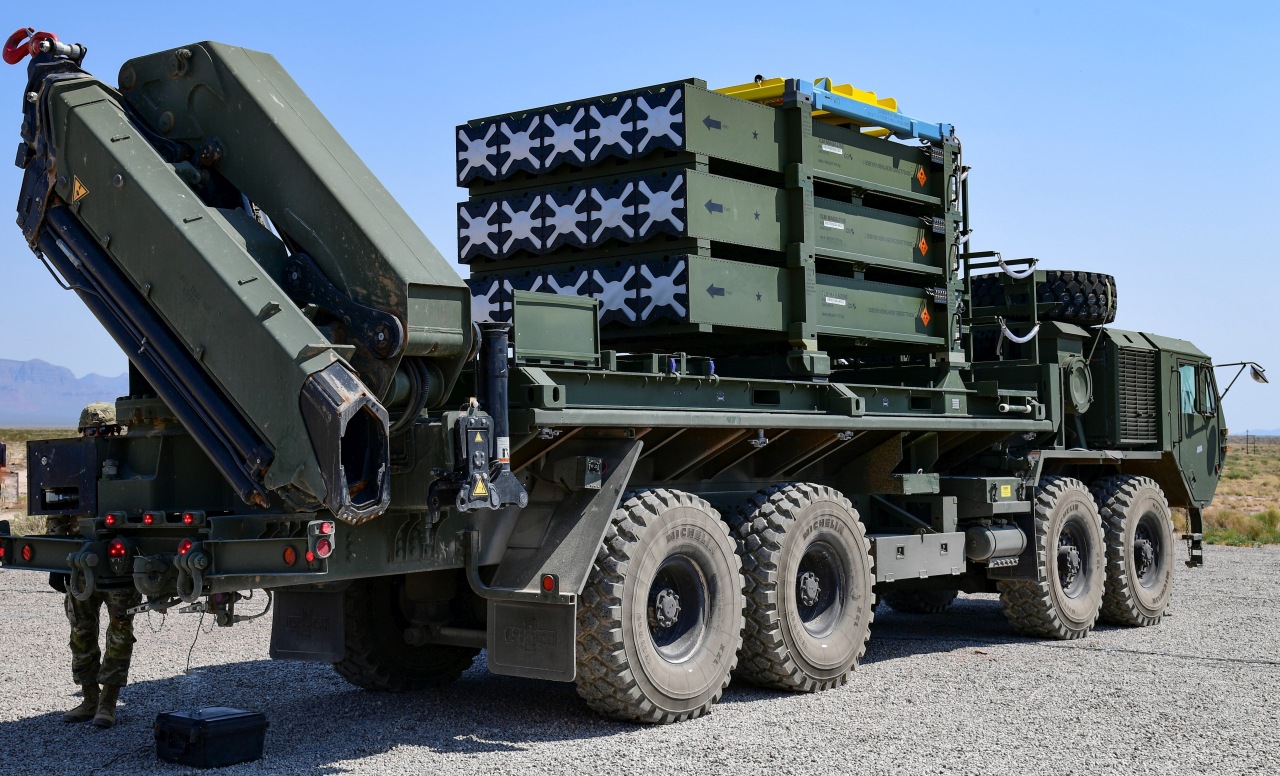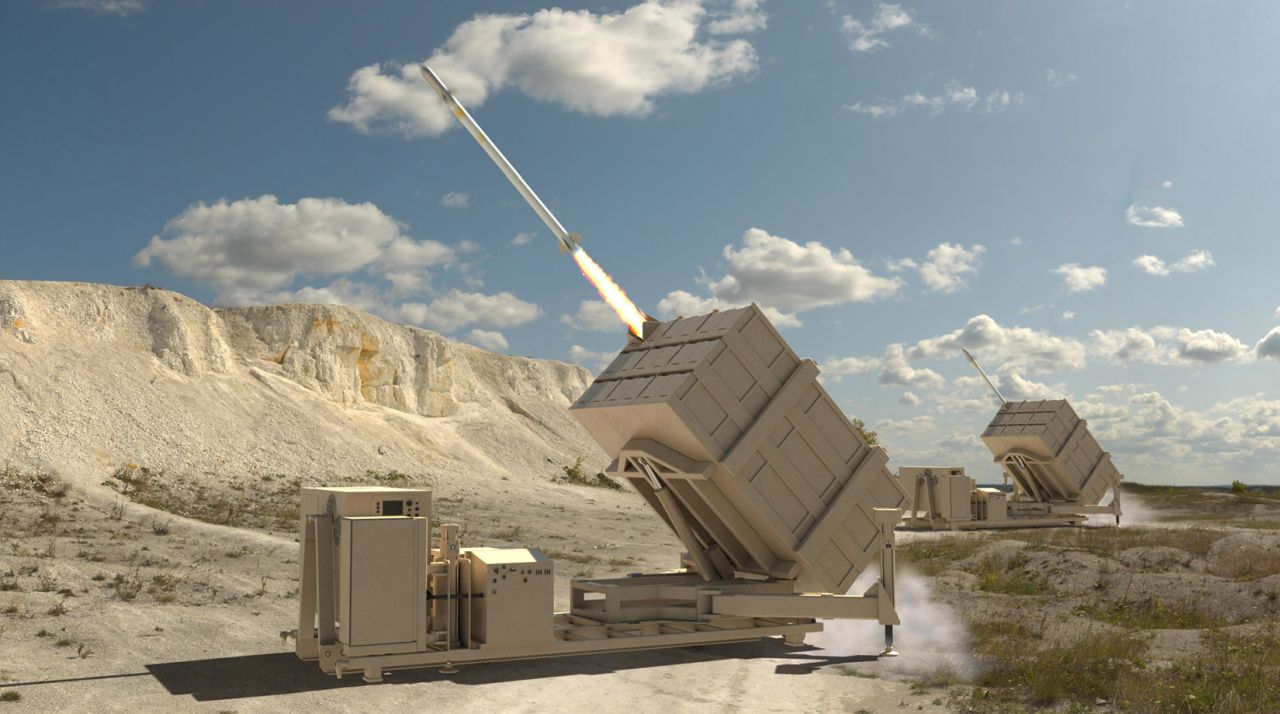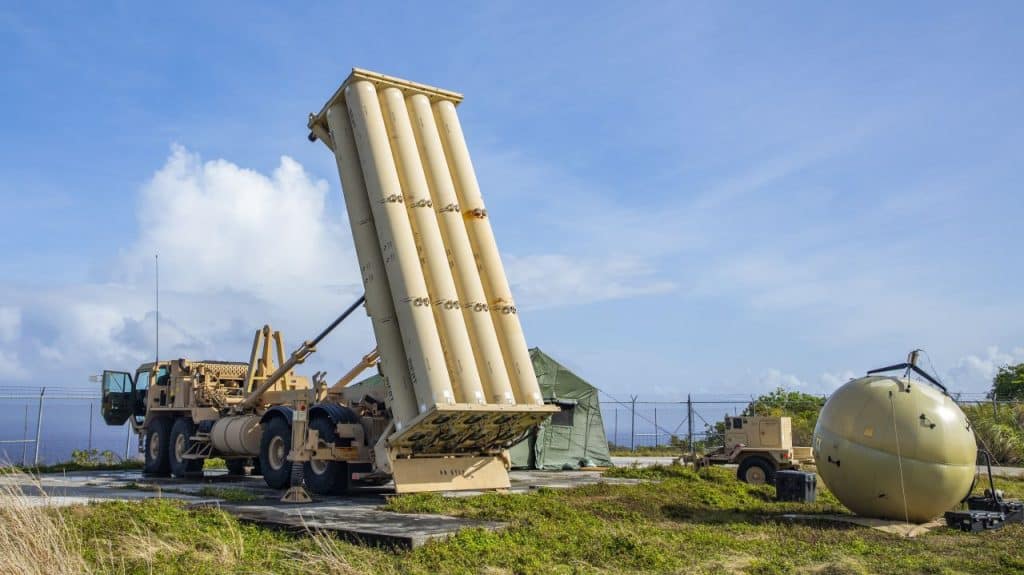The head of the U.S. Missile Defense Agency, Vice Admiral Jon Hill, recently unveiled new details on the progress made in building an anti-aircraft and missile defense system on the island of Guam, one of the most important U.S. military installations in the Western Pacific, strategically important for a possible military confrontation with the People’s Republic of China or Korea The northern one cannot be overestimated. He did so in a live interview with Jen Judson of Defense News at the Space and Missile Defense Symposium on important issues in the field of missile defense.
The development of air defense in Guam is supervised by the cooperating US Army, US Navy and the Missile Defense Agency. The security umbrella unfolded from the island was part of the Pacific Deterrence Initiative (PDI), which developed a six-year plan to improve defense and offensive capabilities in the Pacific Ocean.
At present, the basic problem seems to be the lack of a final decision as to which components will defend Guam. The exact number and combination of effectors, sensors, command and control nodes and other elements of the defense system is yet to be finalized. Initially, there was talk of the creation of the Aegis Ashore missile defense center in Guam. The head of the Indo-Pacific Command, Admiral Phil Davidson, wants the installation to be completed by 2026. And the MDA revealed last year that plans are moving towards a more innovative and distributed architecture that may also include underground installations.
Washington has now managed to provide a rather sparse-looking defense against air strike agents. The strength of Guam’s anti-missile defense system is provided by the Terminal High Altitude Area Defense (THAAD) system battery, which is to counter certain types of ballistic missiles in the final phase of their flight. THAAD has been stationed there since 2018, and it is operated by Echo battery soldiers from the 3rd Air Defense Artillery Regiment.
MDA is considering deploying additional THAADs, possibly with enhanced effectors. The manufacturer of the system, Lockheed Martin, proposed the THAAD-Extended Range (THAAD-ER) missile, which would have three times greater range and would be suitable for firing from the same structures. The missile proposed a few years ago would have a two-stage rocket drive and the same length.

(Darrell Ames, Program Executive Office Missiles and Space)
However, THAAD is not perfect, and over time it has shown deficiencies in counteracting unmanned aerial vehicles. Already in 2019, there were many incursions of unidentified small drones. On the island, US Army deployed a battery of the Iron Dome short-range anti-aircraft and anti-missile defense system in late 2021. However, this initiative is temporary and for testing and evaluation purposes only.
It is not yet known whether the Iron Dome will be included in the architecture under construction, but it is very likely that it will. The battery protects not only the Andersen air base, but also the Apra Harbor naval base and the Camp Blaz Marine Corps facility. Its further existence in this architecture depends on the potential for integration with the existing air defense systems, as well as the possibility of including it in the IBCS (Integrated Battle Command System) air defense command system.
The US Army is also acquiring Dynetics Enduring Shield, which use a container-fired version of the AIM-9X Sidewinder air-to-air missile as effectors. These mobile land systems will counter a wide range of air-attack means: unmanned aerial vehicles, cruise missiles, and rocket, artillery and mortar missiles. It will be the equivalent of the Israeli Iron Dome. Enduring Shield is also to have high resistance to cyber threats and radio-electronic interference. It will be suitable for full integration with the IBCS system.

Enduring Shield uses AIM-9X missiles (Dynetics) as effectors
In addition, supplementing Guam’s defense with the traditional Aegis Ashore base (both land-based and deployed on destroyers) would provide additional radar and the ability to fire additional types of interceptors, including Standard Missile-3 Block IIA and SM-6 with ranges varying depending on from the version from 241 to 496 kilometers. THAAD, Iron Dome, Enduring Shield, which would constitute a ground component, would be only a fraction of the overall potential, as most of the effectors will be located on ships – destroyers and cruisers – operating near Guam.
The War Zone service also raises the issue of the potential conversion of decommissioned Ticonderoga-class cruisers, which could provide additional anti-aircraft and anti-missile defense. Among the many ideas, there is also one that proposes supplementing the defense architecture with ground-based components of the GMD (Ground-Based Midcourse Defense) anti-ballistic defense using GBI (Ground Based Interceptor) interceptor missiles. Additional mobile or stationary radars, in particular the AN / TPY-2 and newer AN / SPY-7 (V) 1 Long Range Discrimination Radar (already operating in Alaska) will undoubtedly be part of Guam’s final defense system.
The primary goal is to announce the initial operational capability of Guam’s air defense system by 2024 and full operational readiness by 2027. For this to happen, the INDOPACOM commander must have at his disposal a flawless command and control system. With so many systems to create Guam’s air defense, this will be extremely difficult.
Another problem remains, as is always the case with large investments, the means of financing. The lion’s share of $ 192 million in the 2022 budget and $ 872 million in the proposed 2023 budget should be spent on purchasing and integrating systems.
The defense of Guam becomes a key element of the American Indo-Pacific strategy. The well-protected area thanks to the military installations there – Andersen Air Force Base and Guam Naval Base – will serve as a force projection element. Nevertheless, Guam will be faced with a security dilemma. The anti-aircraft and anti-missile defense installations built there will become a tasty morsel for the People’s Republic of China or other adversary in a potential conflict in the Pacific Ocean. As a consequence, the security level of an obvious target island may de facto decline.

The aircraft carrier USS Theodore Roosevelt (CVN 71) enters the port of Apra Harbor in Guam.
(US Navy / Terence Frank Deleon Guerrer)
The island is home to the only US Navy submarine base in the Western Pacific, where submarines can changeover and replenish supplies. The US air base located there will be of great importance in supporting the ally in the conflict in the Taiwan Strait. In addition, there are 170,000 US citizens in Guam who are waiting for defense in the conflict.
Vice Admiral Hill noted that the island was now facing an “evolved threat”, especially from Beijing. In addition to increasingly advanced ballistic and cruise missiles, as well as new hypersonic weapons, Americans will have to deal with potential threats from space, i.e. impacts from many different directions at the same time. If the Americans want to do effective military action, Guam must be perfect.
See also: Russian Defense of the AA in Syria, she opened fire on Israeli planes
US Army

